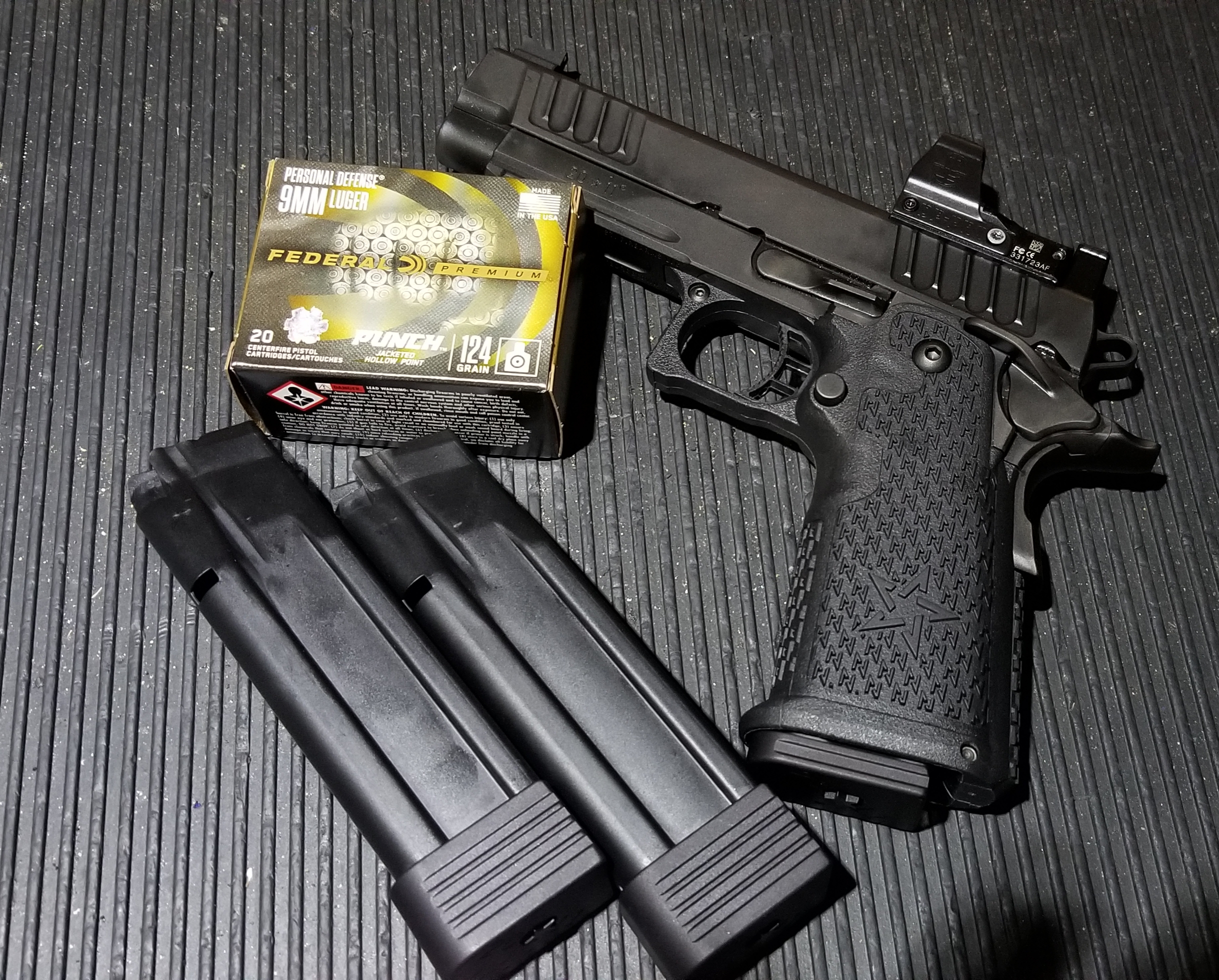From a recent John Farnam email article:
Throwing it up for discussion.
Trigger “prepping,” if you like penitentiaries (on the inside)!
I’ve seen and personally witnessed several professing self-defense instructors recently who are promoting the misguided procedure of “trigger prepping,” and teaching it to naïve students.
With “trigger prepping,” one places his finger in contact with the trigger of his pistol at the point in the draw where hands come together, long before sights are at eye-level.
The shooter is at this point pretty much committed to a shot!
Trigger pressure is then steadily increased as the pistol is brought to eye level, so that it ideally discharges the instant sights come on target.
So, for “trigger-preppers” the pistol is always and automatically fired every time it is drawn. One cannot draw his pistol without shooting it. Between hands coming together and sights coming on target, there is no opportunity to abort the shot!
This all comes from quaint pistol competitions, where targets and distances are always known in advance, and the contestant knows in advance he will always draw and fire.
Conversely, in legitimate domestic self-defense, none of that is known, and the pistol is actually fired on only a small percentage of the occasions where it is actually drawn. On the vast majority of those occasions, the suspect voluntarily disengages, turns, and withdraws upon seeing the pistol in the hands of his intended victim, and shooting is thus unnecessary.
Accordingly, being able to draw and not fire is just as important as being able to draw and fire immediately!
Safely holding suspects at gunpoint, issuing verbal challenges while holding suspect(s) at gunpoint, and moving with pistol in hand are all critical skills, just as important as a fast draw!
Remember, “self-defense” may be claimed only in an intentional shooting. The jury will not be allowed to even consider self-defense when you shoot absent deliberate intent that the gun discharge at that instant, regardless of other circumstances!
With few exceptions, the trigger-finger needs to remain in the register position until/unless sights are visually on-target, and the Operator has consciously, simultaneously made the decision to shoot immediately.
Thus, when unexpectedly confronting genuine violent criminals in places other than pistol matches, “trigger preppers” have an excellent chance of becoming residents of penitentiaries!
Throwing it up for discussion.







